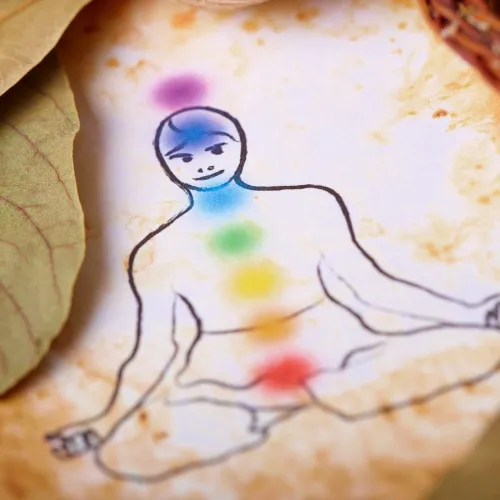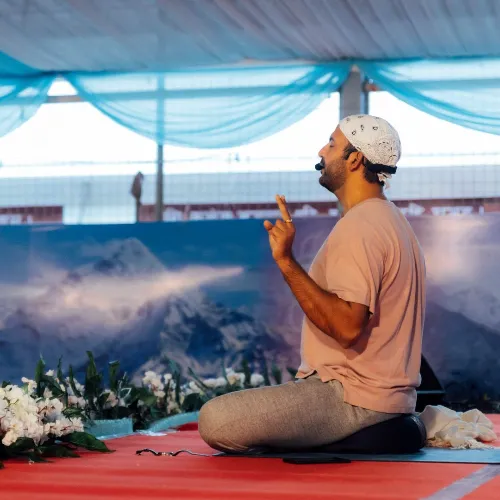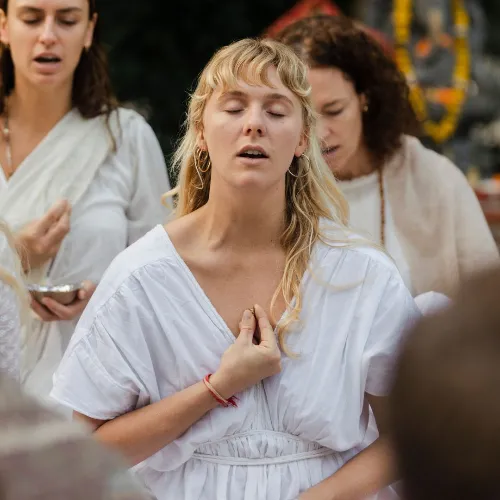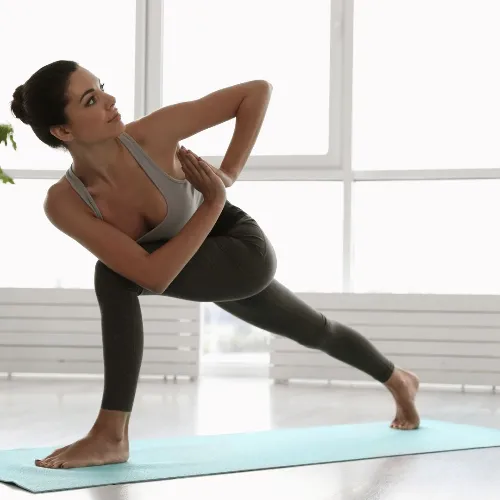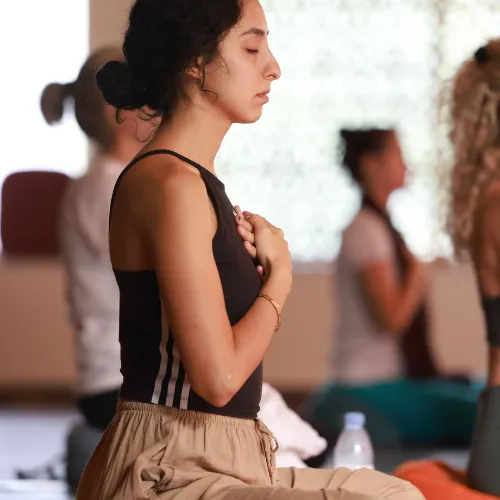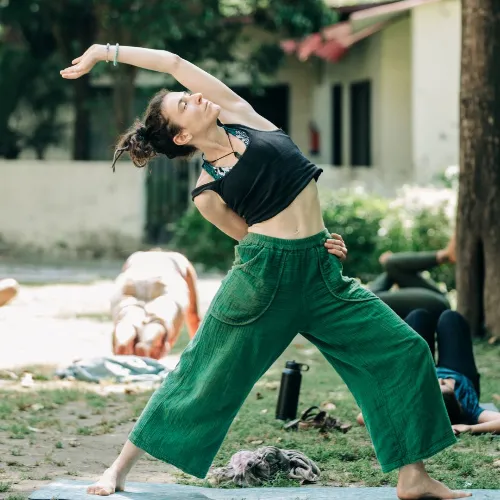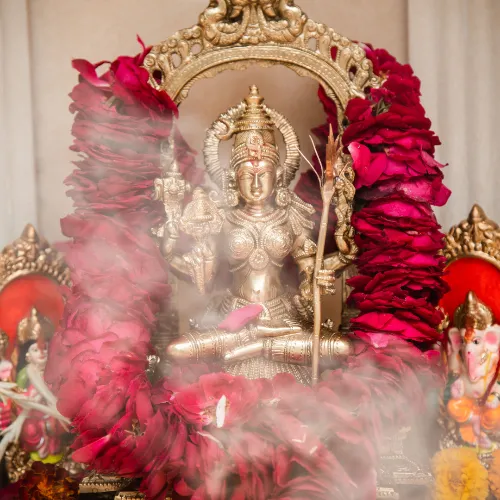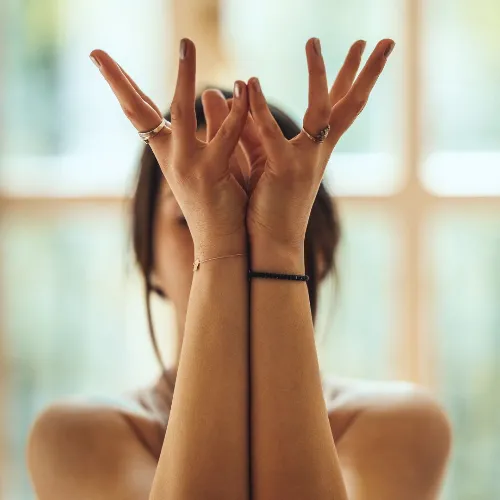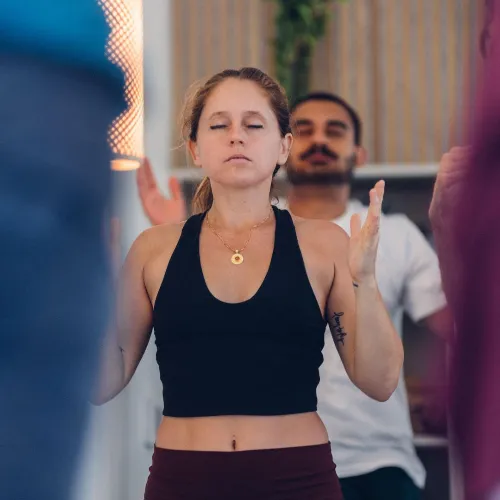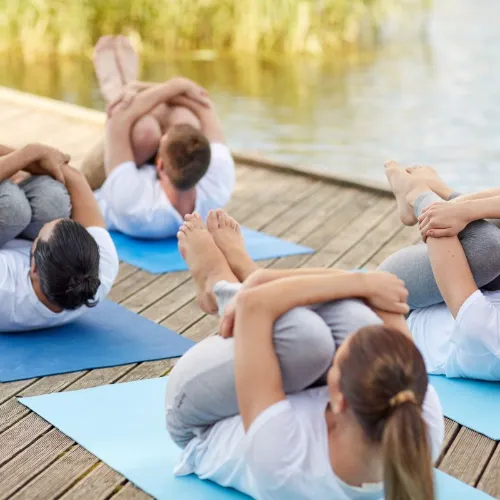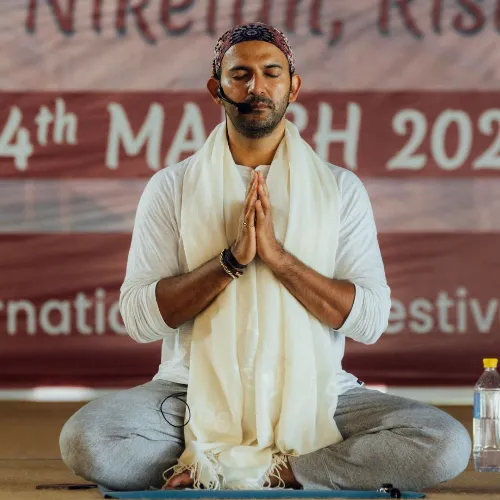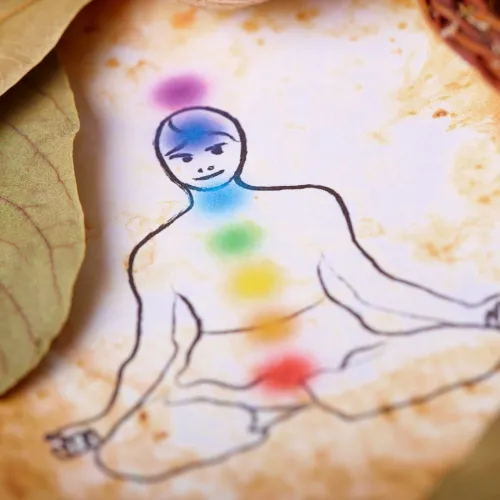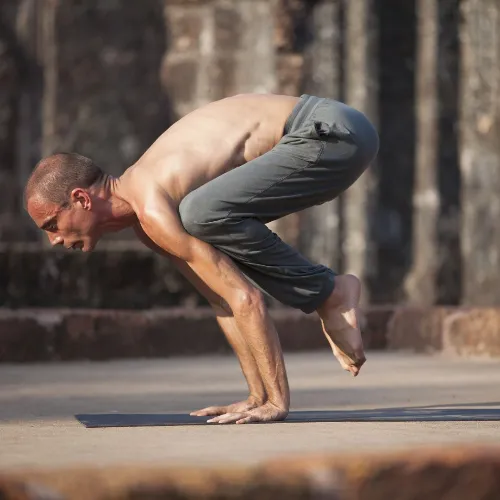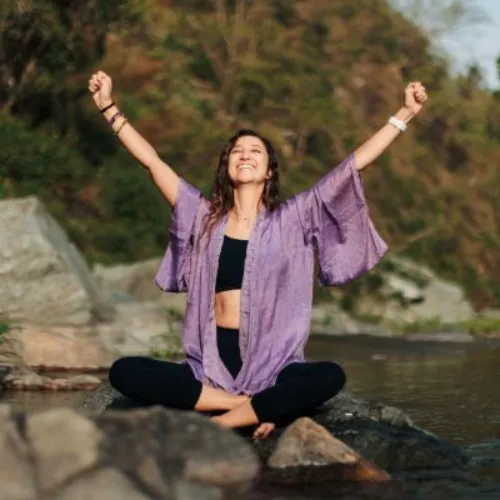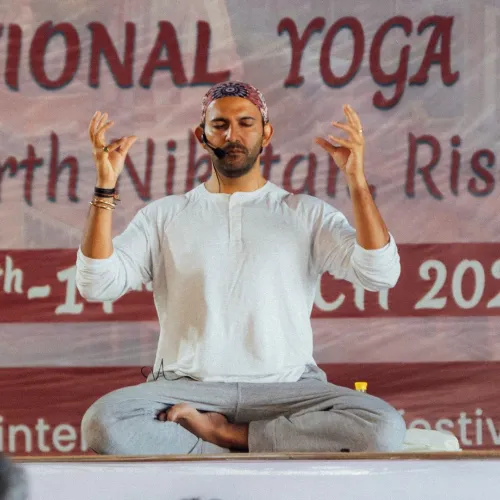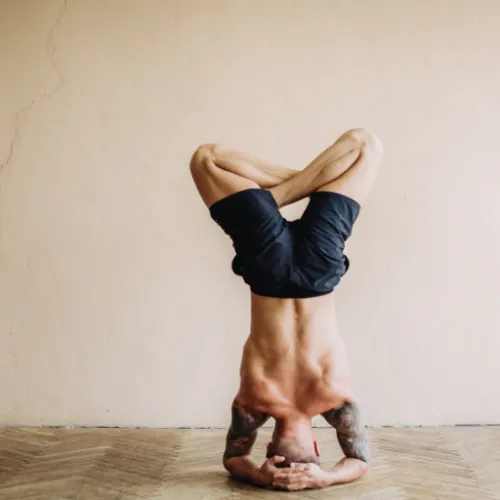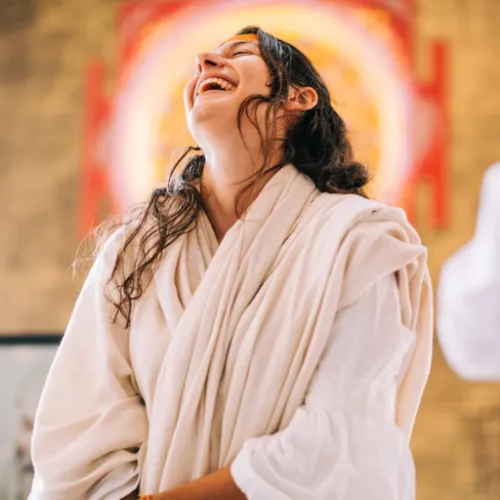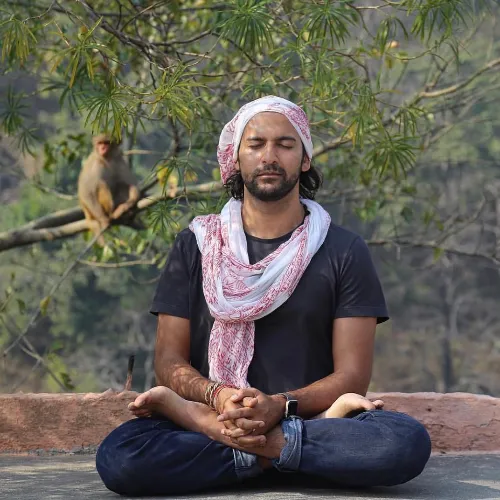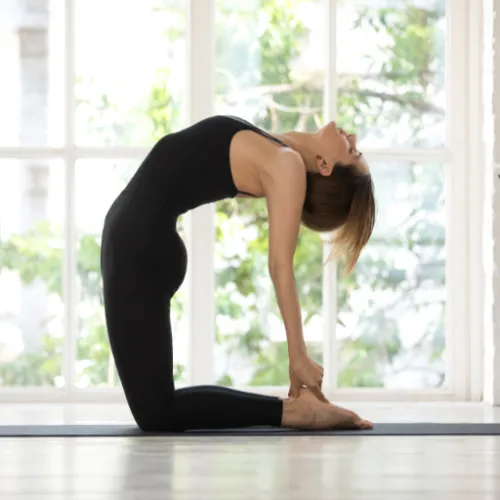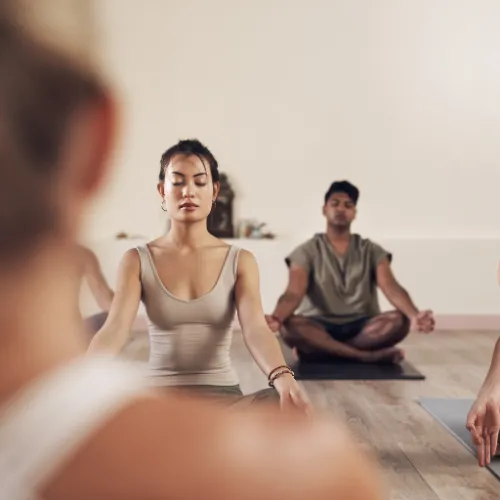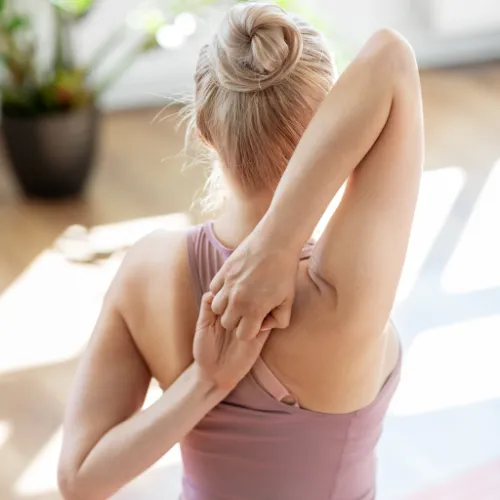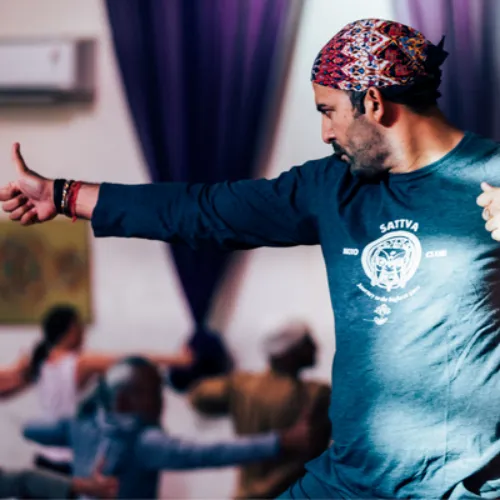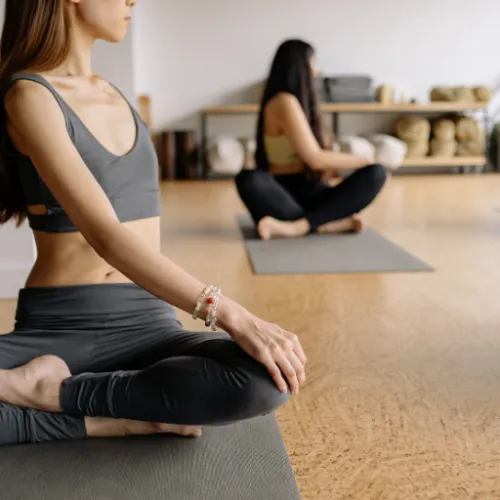

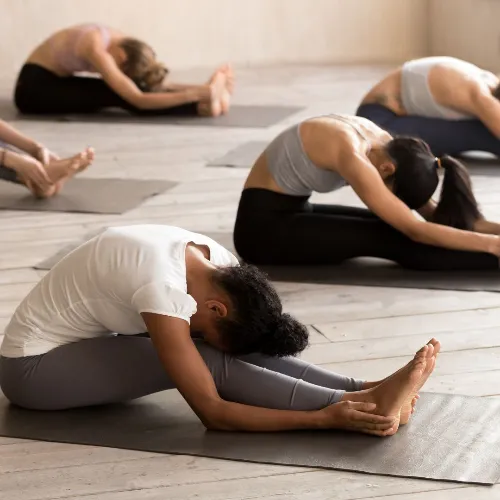
Paschimottanasana, or the Seated Forward Bend, is a powerful yoga asana known for its ability to promote deep relaxation, release spinal tension, and stimulate the abdominal organs.
Derived from the Sanskrit words "Paschi" (meaning "west" or "back of the body") and "Uttana" (meaning "intense stretch"), this posture provides a profound stretch along the entire posterior chain of the body. More than just a physical stretch, Paschimottanasana invites us to turn inward, fostering mindfulness and introspection.
The Benefits of Paschimottanasana
Paschimottanasana offers a wealth of physical and mental benefits, making it a key posture in many yoga practices. By stretching the entire back body and calming the nervous system, this asana helps to release built-up tension while promoting flexibility and mindfulness. Let’s explore the many advantages of incorporating this forward fold into your routine.
1. Enhances Spinal Flexibility
Paschimottanasana stretches the entire length of the spine, from the base of the skull to the tailbone, improving flexibility and mobility. This helps to alleviate tension, decompress the spinal discs, and reduce the risk of back pain and stiffness.
2. Reduces Stress & Anxiety
This calming pose soothes the nervous system, promoting relaxation and reducing stress and anxiety. By focusing on the breath and surrendering into the stretch, practitioners cultivate a sense of inner peace and tranquility.
3. Stimulates Digestive Organs
The gentle compression of the abdomen in this pose stimulates the digestive organs, including the stomach, liver, spleen, and kidneys. This aids digestion, relieves bloating, and helps with constipation.
4. Improves Flexibility in the Hips & Hamstrings
Regular practice of Paschimottanasana increases flexibility in the hamstrings, hips, and lower back. This is particularly beneficial for those who sit for extended periods, as it counteracts the negative effects of poor posture and inactivity.
5. Enhances Respiratory Function
By compressing the abdomen and deepening the breath, this posture improves lung capacity and circulation. This helps to calm the mind while simultaneously invigorating the body.
6. Cultivates Mindfulness & Presence
This forward fold encourages mindfulness as practitioners become more aware of bodily sensations, breath, and mental state. The practice of surrendering into the pose fosters acceptance, patience, and a deeper connection with the present moment.
How to Practice Paschimottanasana
Approaching Paschimottanasana with intention and awareness is just as important as the posture itself. The way we enter and exit the pose influences our experience, ensuring we maintain alignment, avoid injury, and fully receive its benefits. Practicing mindfully allows us to deepen our connection with the body and breath, making the transition into and out of the pose a part of the meditative journey.
1. Find Your Starting Position
Sit on the floor with your legs extended straight in front of you. Keep your spine tall and shoulders relaxed.
2. Align Your Body
Engage your quadriceps, flex your feet, and press your heels into the ground. Root down through your sitz bones to establish a stable foundation.
3. Inhale to Lengthen
Take a deep inhale, reach your arms overhead, and elongate your spine. Keep your shoulders relaxed and your chest lifted.
4. Exhale to Fold Forward
Hinge at your hips as you exhale, leading with your heart as you fold forward. Keep the spine long rather than rounding the back.
5. Reach for Your Feet
Depending on your flexibility, hold onto your shins, ankles, or feet. Use a yoga strap or towel if needed to maintain proper alignment.
6. Relax & Surrender
Let go of tension in your neck, shoulders, and jaw. Soften your facial muscles and allow your breath to flow freely.
7. Hold & Breathe
Stay in the pose for 5-10 breaths, deepening with each exhale while maintaining ease and relaxation.
8. Inhale to Rise
Slowly lift your torso back to an upright position, keeping your spine long as you come up.
9. Rest & Reflect
Pause in a comfortable seated position to notice the effects of the pose and any sensations in your body.
Tips for Practicing Paschimottanasana
Precautions & Contraindications
Final Thoughts
By practicing Paschimottanasana mindfully and with awareness, we can stretch the spine, release tension, and promote deep relaxation and rejuvenation. Like all yoga postures, this pose should be approached with respect, honoring the unique needs of our bodies. With regular practice and dedication, Paschimottanasana can become a transformative tool for enhancing well-being and cultivating a sense of inner balance.
Want to dive deeper? Take advantage of our 7-day free trial and explore the Asana Lab on Sattva Connect. Your support for an awakened life starts here!
